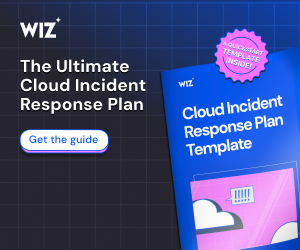What is Exposure Management and How Does it Differ from ASM?
Mar 05, 2024
Attack Surface / Exposure Management
Startups and scales-ups are often cloud-first organizations and rarely have sprawling legacy on-prem environments. Likewise, knowing the agility and flexibility that cloud environments provide, the mid-market is predominantly running in a hybrid state, partly in the cloud but with some on-prem assets. While there has been a bit of a backswing against the pricing and lock-in presented when using cloud infrastructure, cloud is still the preferred provider for the majority of SMBs. As a result, external attack surfaces are increasingly complex and distributed and, therefore, harder to monitor and secure. This expanded attack surface gives hackers plenty of blind spots and gaps to exploit. Security teams are on the back, reacting, often too slowly, to changes in their own attack surface as engineering teams continuously spin up and expose new systems, services, and data to the internet. This is compounded by the fact that the threat landscape is always changing. Thousands of new vulne









